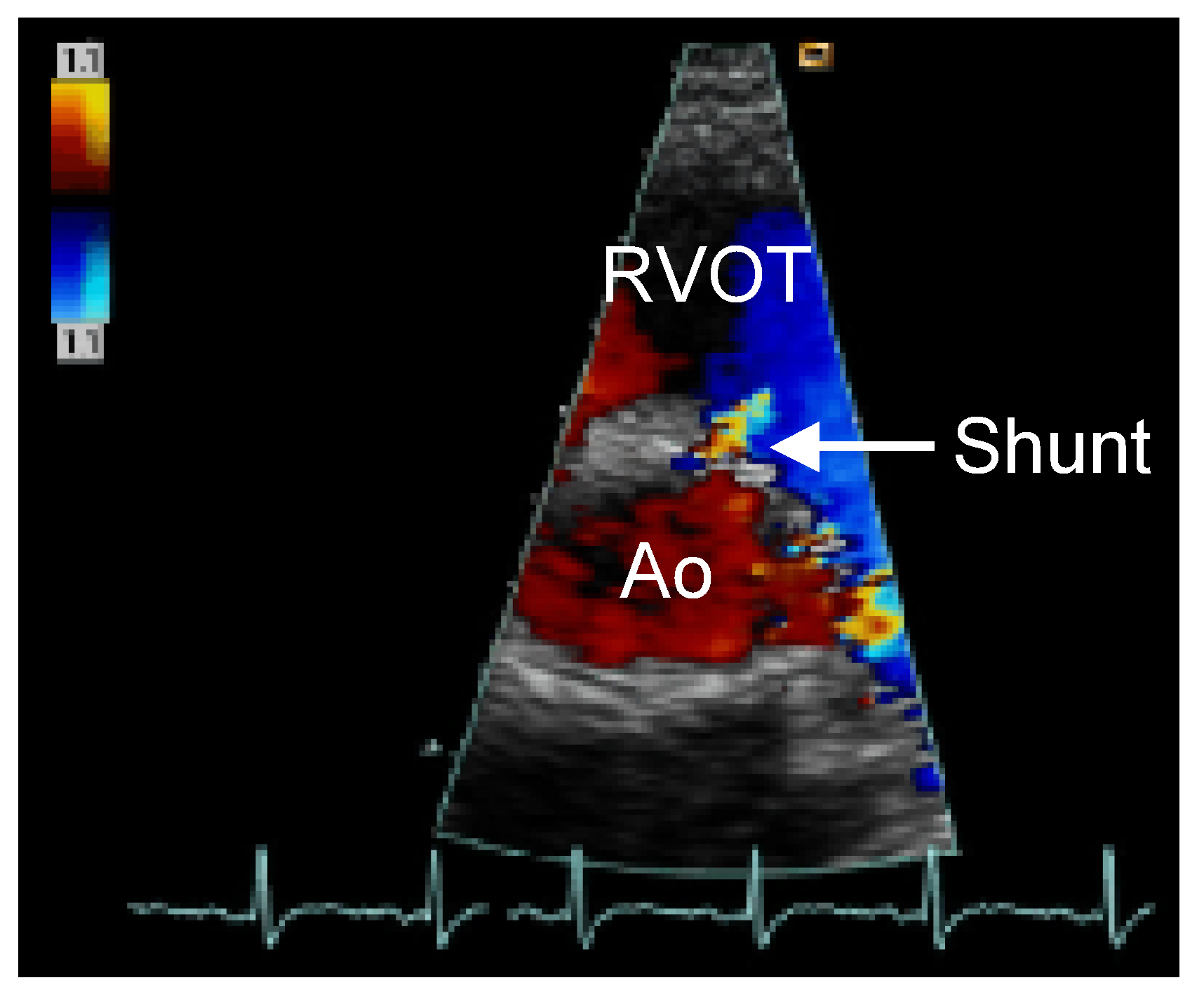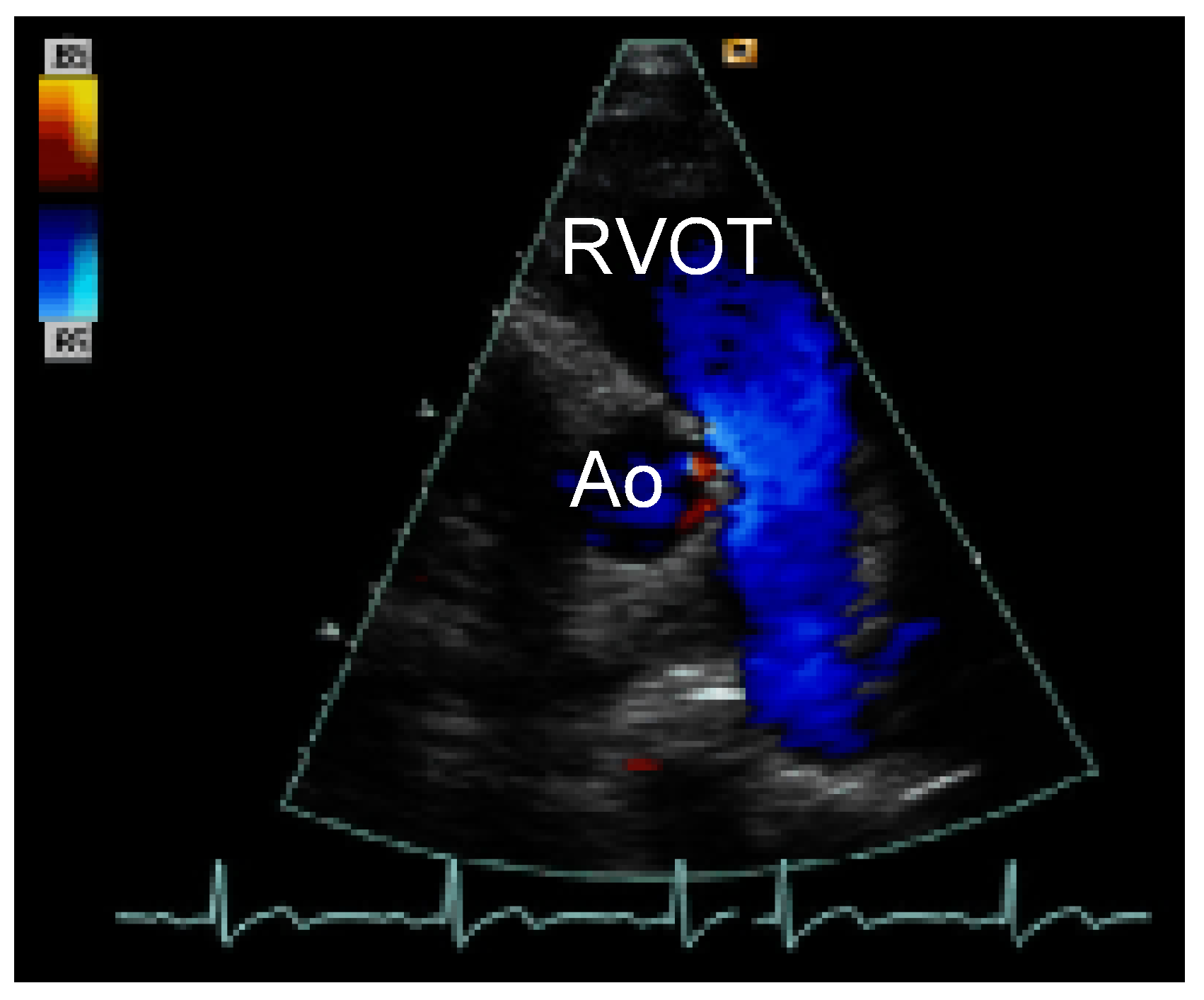Straight into the Heart: Sinus of Valsalva Injury
Case description


© 2006 by the authors. Attribution - Non-Commercial - NoDerivatives 4.0.
Share and Cite
Enseleit, F.; Largiadèr, T.; Jenni, R. Straight into the Heart: Sinus of Valsalva Injury. Cardiovasc. Med. 2006, 9, 238. https://doi.org/10.4414/cvm.2006.01180
Enseleit F, Largiadèr T, Jenni R. Straight into the Heart: Sinus of Valsalva Injury. Cardiovascular Medicine. 2006; 9(6):238. https://doi.org/10.4414/cvm.2006.01180
Chicago/Turabian StyleEnseleit, Frank, Thomas Largiadèr, and Rolf Jenni. 2006. "Straight into the Heart: Sinus of Valsalva Injury" Cardiovascular Medicine 9, no. 6: 238. https://doi.org/10.4414/cvm.2006.01180
APA StyleEnseleit, F., Largiadèr, T., & Jenni, R. (2006). Straight into the Heart: Sinus of Valsalva Injury. Cardiovascular Medicine, 9(6), 238. https://doi.org/10.4414/cvm.2006.01180



